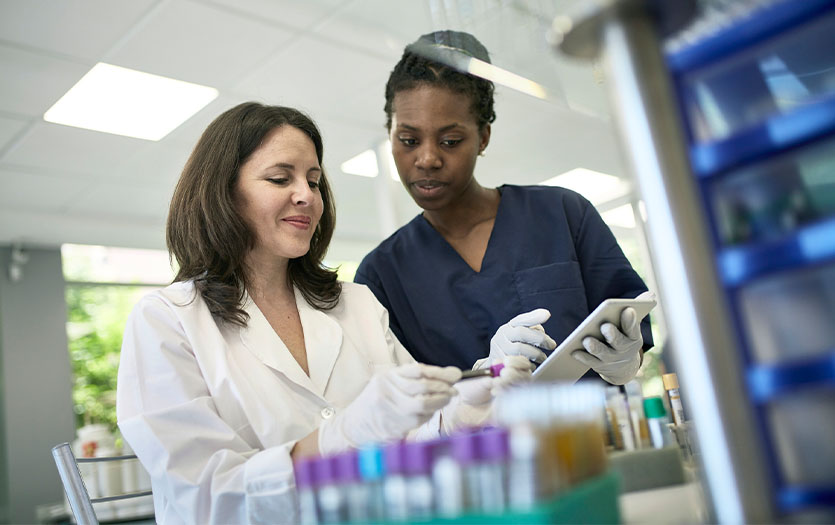
Yeast is a natural part of the skin's microbiome, but under certain conditions, it can grow out of balance and cause an infection. In this post, we'll discuss what causes these infections, how they appear on the skin and what you can do to treat and prevent them.
What is a yeast infection?
A yeast infection is usually caused by a fungus called Candida albicans. Skin yeast infections commonly occur in areas with skin folds, such as the underarms, breasts, neck, stomach or groin. These warm and moist environments are ideal for yeast overgrowth. When too much grows, the infection causes red, scaly, moist patches on your skin that may itch. Other symptoms of a yeast skin infection may include burning, irritation or tenderness at the site.
What causes skin yeast infection?
Certain conditions can make it easier for too much yeast to grow. These include:
-
Warm and moist areas on the body.
-
Wearing tight-fitting, "non-breathable" clothing that keeps moisture on the skin.
-
Antibiotic use.
-
Certain health problems, such as diabetes, weaken the body's immune system.
How is skin yeast infection treated?
A yeast skin infection is treated with antifungal medicine. Your doctor may give you a prescription for the cream or ointment. Or you may be able to buy it over the counter at a drugstore. Examples of these medicines are miconazole and clotrimazole. If the infection is severe, your doctor may prescribe antifungal pills.
A yeast infection usually goes away after about a week of treatment. However, it's essential to use the medicine for as long as your doctor tells you to, even if symptoms begin improving sooner.
To help keep yeast growth under control:
-
Keep your skin clean and dry.
-
Wear loose and breathable clothing.
-
Your doctor may suggest applying a medicated powder to problem areas, such as skin folds.
When to call
Call your doctor now or seek immediate medical care if you have symptoms of infection, such as:
-
Increased pain, swelling, warmth or redness.
-
Red streaks leading from the area.
-
Pus draining from the area.
-
A fever.
Watch closely for changes in your health and contact your primary care provider if you do not improve as expected.
Copyrighted material adapted with permission from Healthwise, Incorporated. This information does not replace the advice of a doctor.



